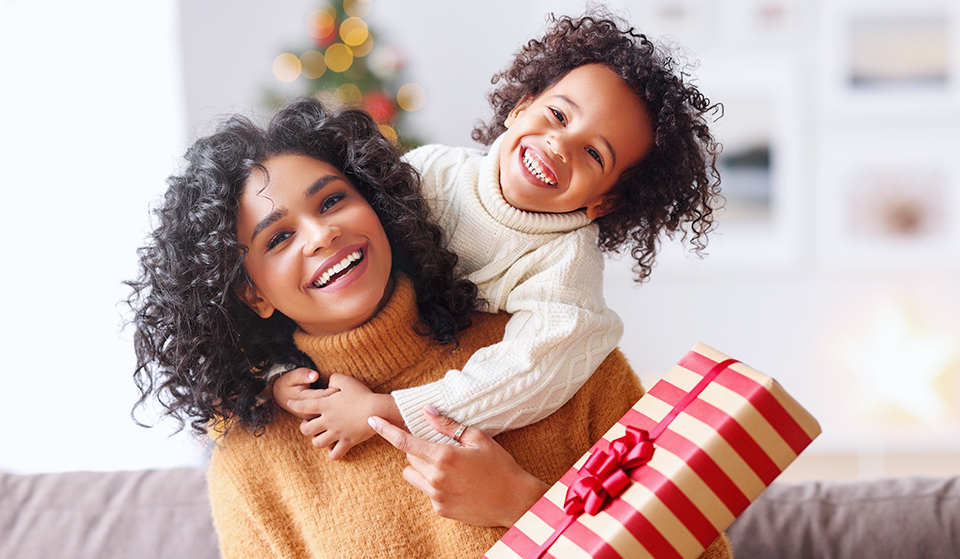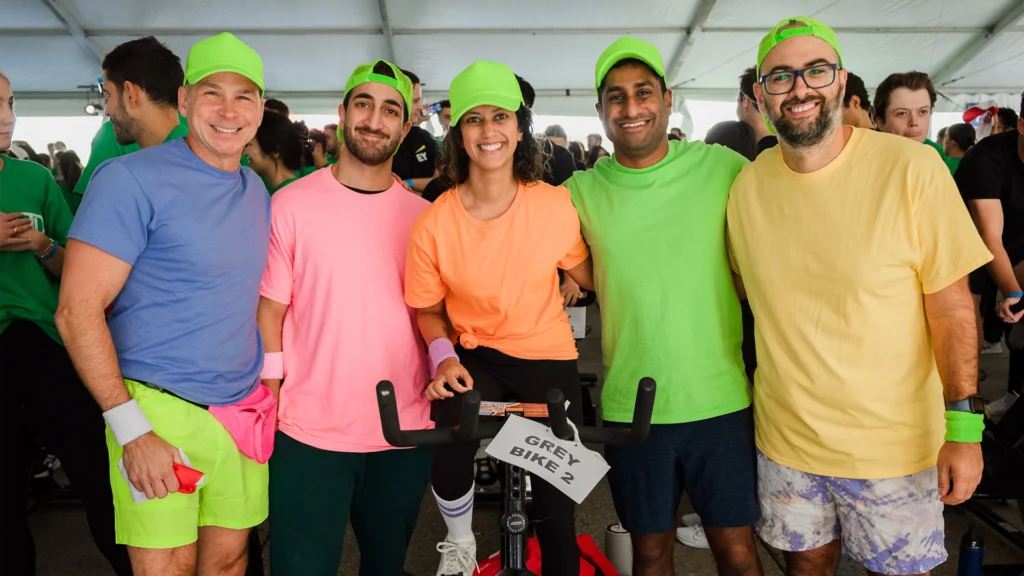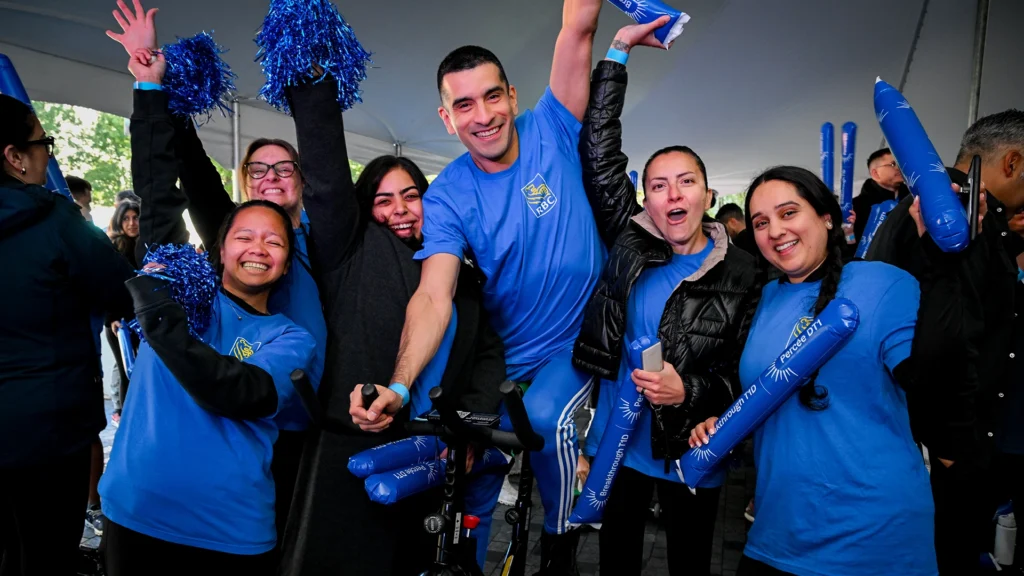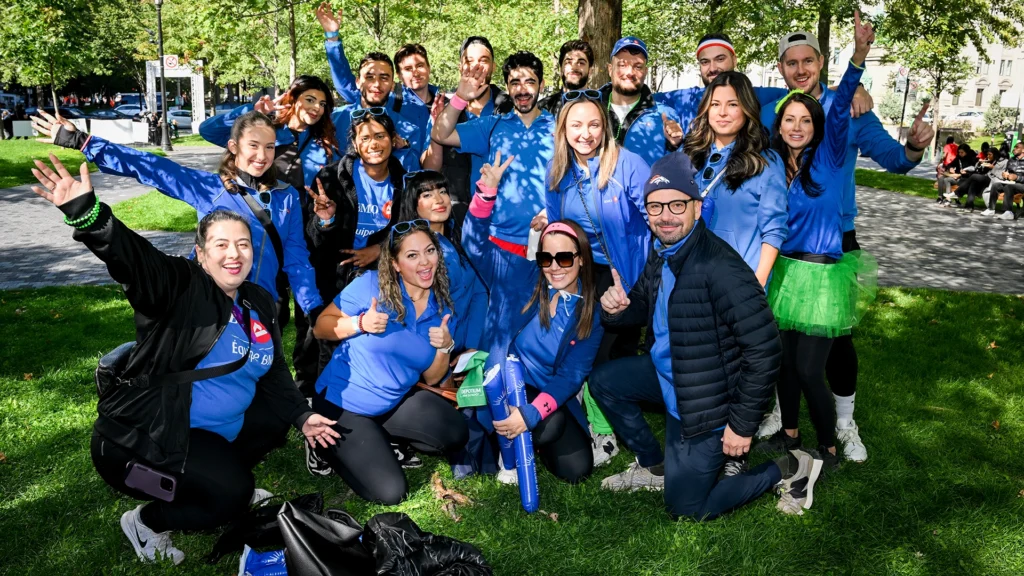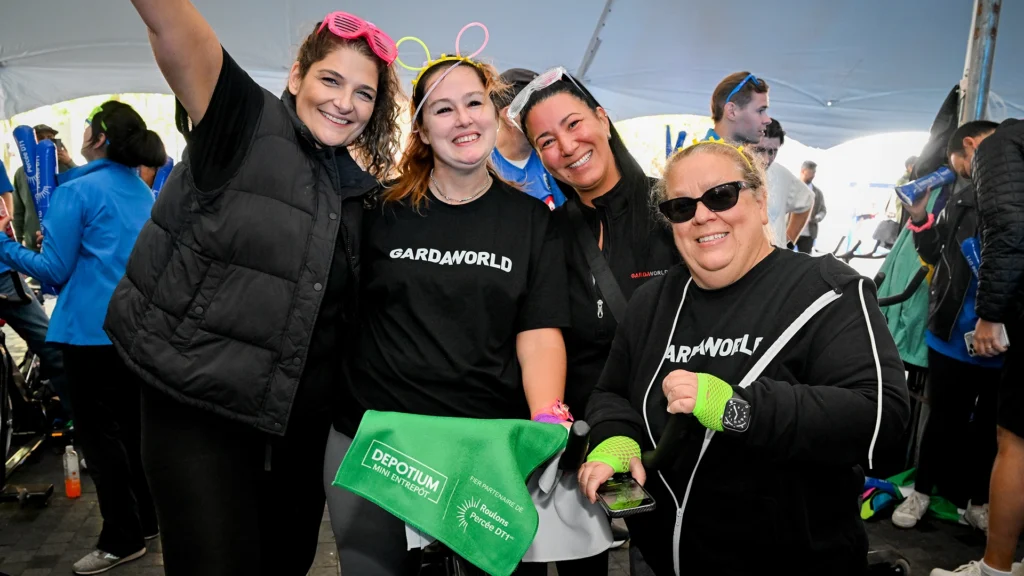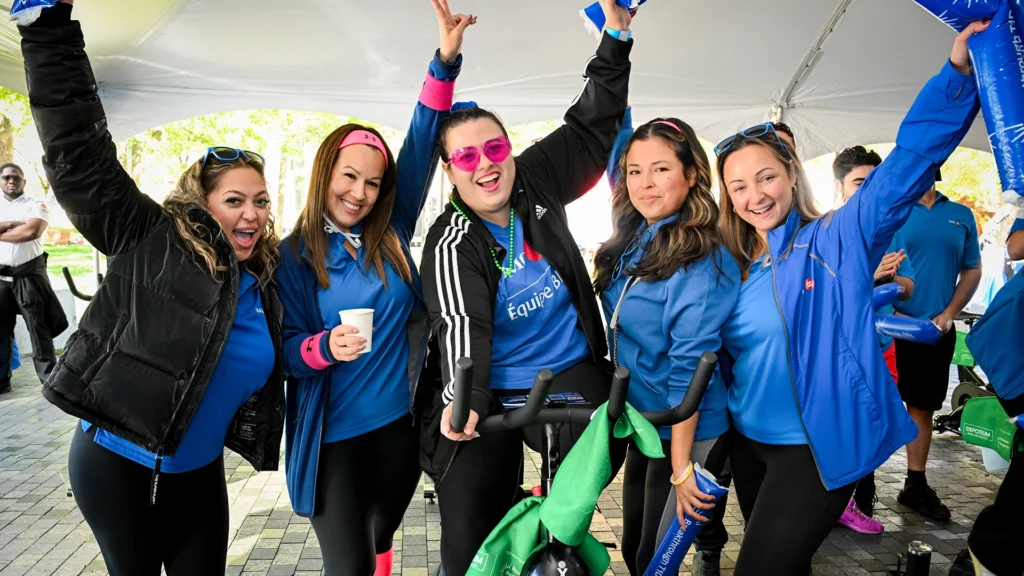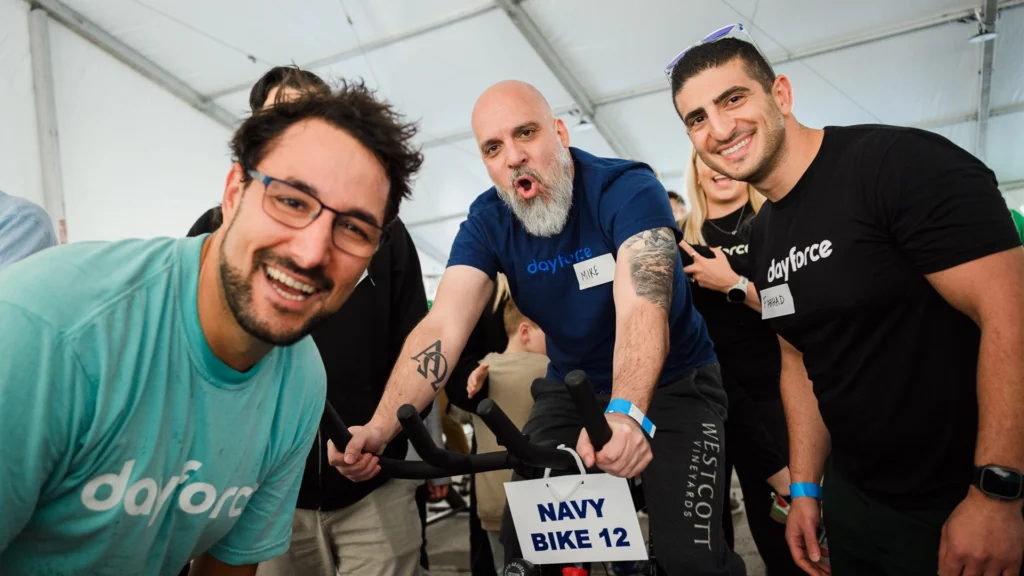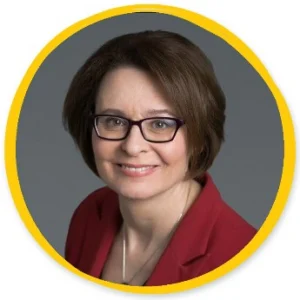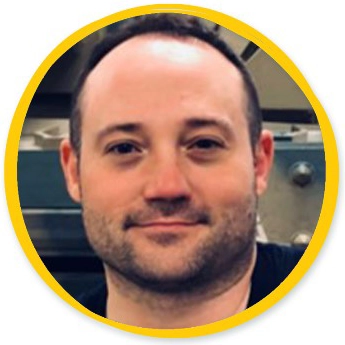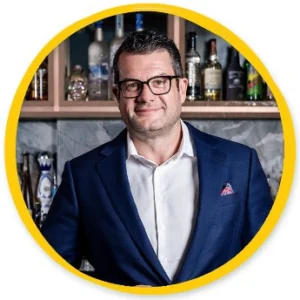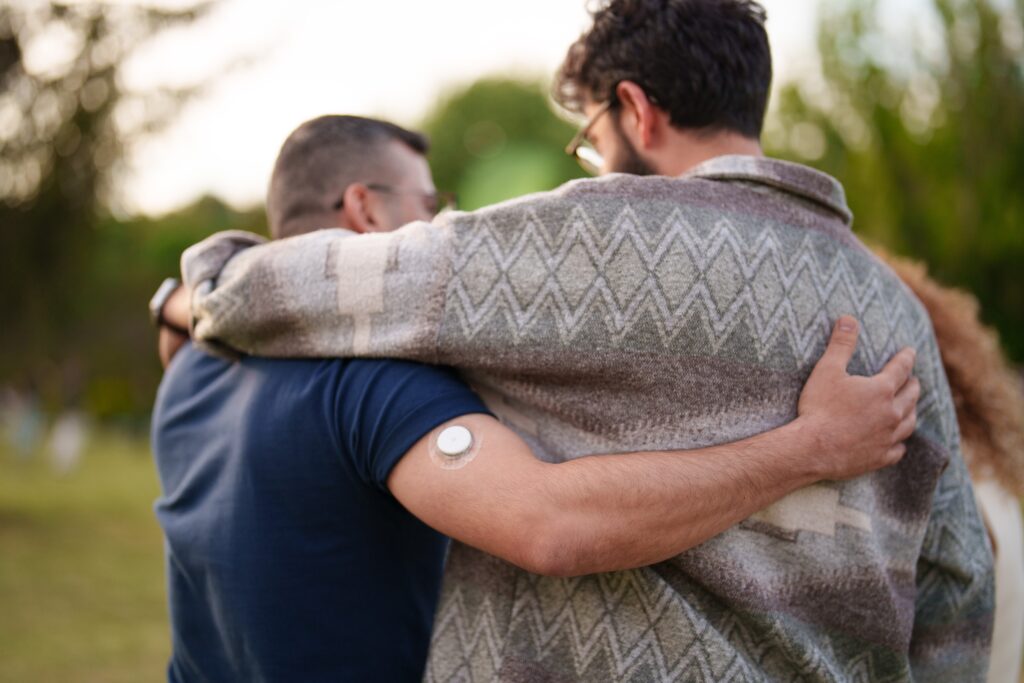
In recent years, rapid technological innovations related to diabetes devices like insulin pumps and continuous glucose monitors have significantly helped many people manage their T1D. An exciting new development is underway into continuous ketone monitors (CKM), and Breakthrough T1D is both funding research in this area and shaping recommendations for how they could be used.
On December 9th, a publication on consensus recommendations for the use of CKMs – led by Breakthrough T1D International’s Medical Affairs team – was published in The Lancet. These recommendations and further research and development of these monitors will soon give those with T1D another valuable tool to manage the condition.
What are ketones?
Ketones are organic compounds (acids) that the body makes as a by-product of using fat instead of glucose for energy. This process is called ketosis. A small number of ketones in the body is not concerning, but if they start to build up it can be life threatening. In people with T1D, this may happen because of too little insulin, illness like the flu, prolonged fasting, dehydration or the use of some medications (namely SGLT2 inhibitors). In T1D, a build up of ketones can lead to a serious condition called diabetic ketoacidosis (DKA).
Learn more about ketones and DKA
Why monitor ketones?
People living with type 1 diabetes (T1D) are familiar with ketones and the risk they present to their health, but monitoring for ketones is burdensome and infrequent for many.
Currently, people with diabetes use blood and/or urine strips to test for ketones; however, surveys show that few individuals use them routinely. Given the current options, it remains very difficult to predict when ketone levels may be rising, and people lose opportunities to intervene early to prevent DKA altogether and could therefore benefit from more routine monitoring.
Similar to continuous glucose monitors (CGMs), CKMs will continuously measure ketone levels in the body and can alert users if their ketone levels are rising. This ability to track ketone levels in real-time could have substantial benefits in preventing DKA—and more. Continuous ketone monitoring (CKM) is on the horizon, but recommendations for use of these devices is lacking.
Potential benefits of CKM for people with T1D
- Early detection of rising ketones to prevent DKA
- Identification of elevated ketones due to infusion set failures that would prevent pumps from dosing insulin
- Valuable addition to automated insulin delivery (AID) systems for comprehensive monitoring of blood glucose and ketones
- Management of early-stage T1D—before insulin therapy is needed—to monitor disease progression
Recommendations for use of CKM
CKMs have the potential to transform T1D care by stopping dangerous, life-threatening DKA before it ever occurs. It is critically important that healthcare professionals (HCPs) and people living with T1D know how to most effectively use this technology to maximize its benefits.
That’s why Breakthrough T1D International, led by their Chief Medical Officer Thomas Danne, convened a panel of experts to agree on recommendations for how this technology could be used to improve outcomes for individuals at risk for developing diabetic ketoacidosis (DKA).
The recommendations from the expert panel are:
- CKMs could include trend arrows, akin to those on a Continuous Glucose Monitor (CGM), and reflect rates of change of around 0.4 mmol/L per hour.
- To avoid potential alarm fatigue, CKM devices should have optional individual alarms and be used at the discretion of the user and their health-care professional
- It is recommended that an audible or vibrating alarm should be put in place to notify continuous ketone monitoring users if their ketone concentrations rise above the urgent high threshold of ≥3·0 mmol/L.
- The terminology for ketone levels should be: Normal, Elevated, High, Urgent High.
- All CKM users should be provided with a blood ketone metre to use if they are experiencing the symptoms of high or urgent high ketones, and they do not match the CKM reading.
- All individuals who wear a CKM should receive education on what elevated ketones mean and what actions to take.
Why might this matter to you?
There are currently no continuous ketone monitors available on the market, but Breakthrough T1D is actively funding work in Canada and globally to make these a reality. Both academic groups and early-stage companies are working on CKM devices. Further down the pipeline is Abbott’s dual glucose-ketone sensor (CGM-CKM), which is currently in development. Including in Canada with Dr. Mahla Poudineh (University of Waterloo), in collaboration with Dr. Leyla Soleymani (McMaster University) who are also working on developing a wearable CKM.
Breakthrough T1D’s work in this area – funding research and developing recommendations for CKM use is crucial as they will be a reality soon and both healthcare providers, people with T1D and their caregivers will need standards on how to use these devices to be able to take action before DKA occurs.
Breakthrough T1D Canada will keep the community up to date on the progress of CKM development. For clinical trials that may be testing these devices and others, visit clinicaltrials.breakthroughT1D.ca

